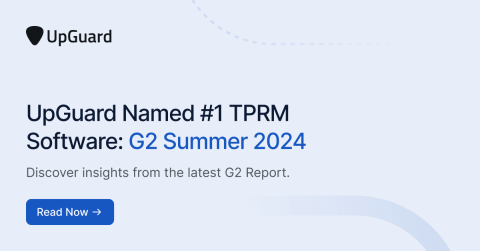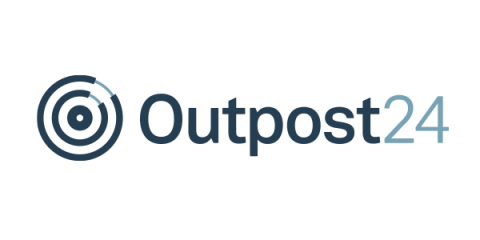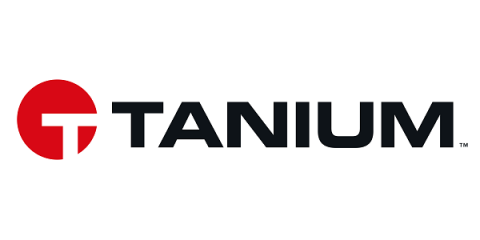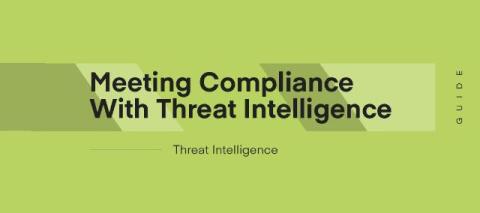Akira Ransomware: Published Over 30 New Victims on their DLS
The Akira ransomware group has been active since March 2023, targeting diverse industries across North America, the UK, and Australia. Operating as a Ransomware-as-a-Service (RaaS) model, Akira employs a double-extortion strategy by stealing sensitive data before encrypting it. According to their leak site, the group claims to have compromised over 350 organizations.











